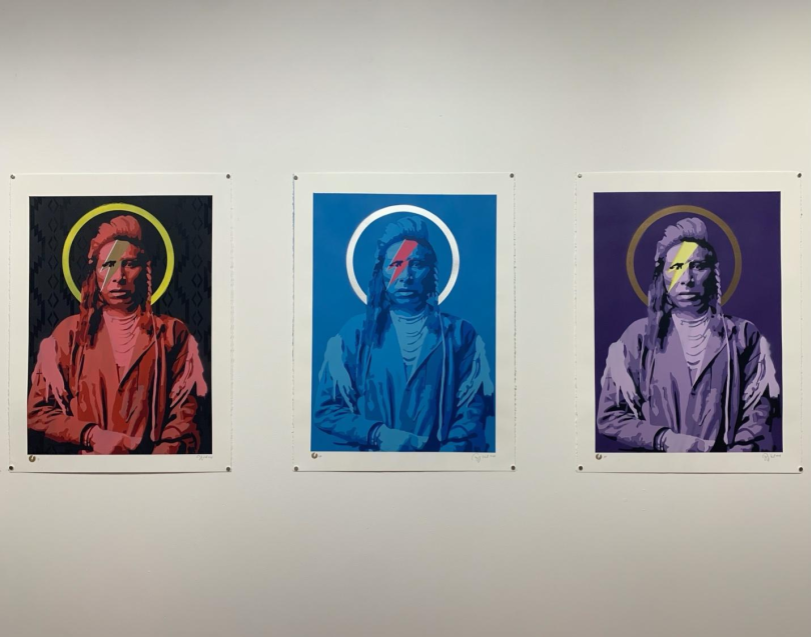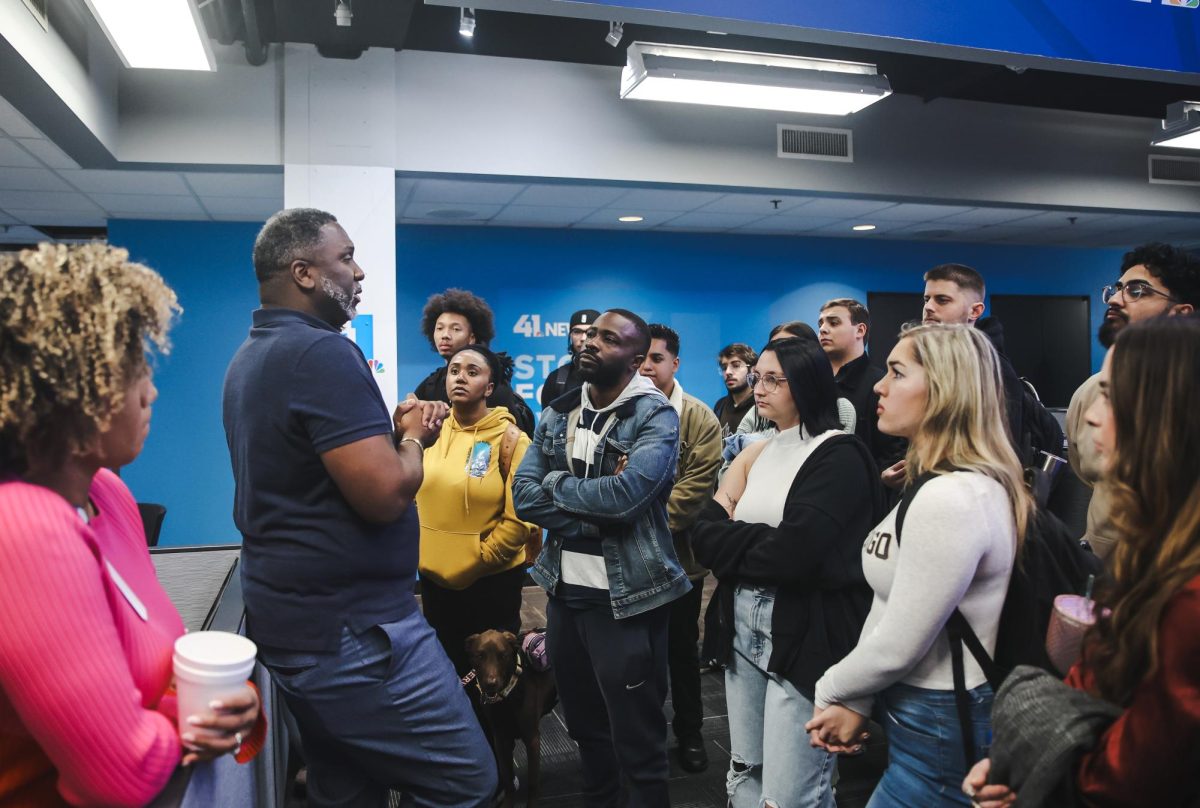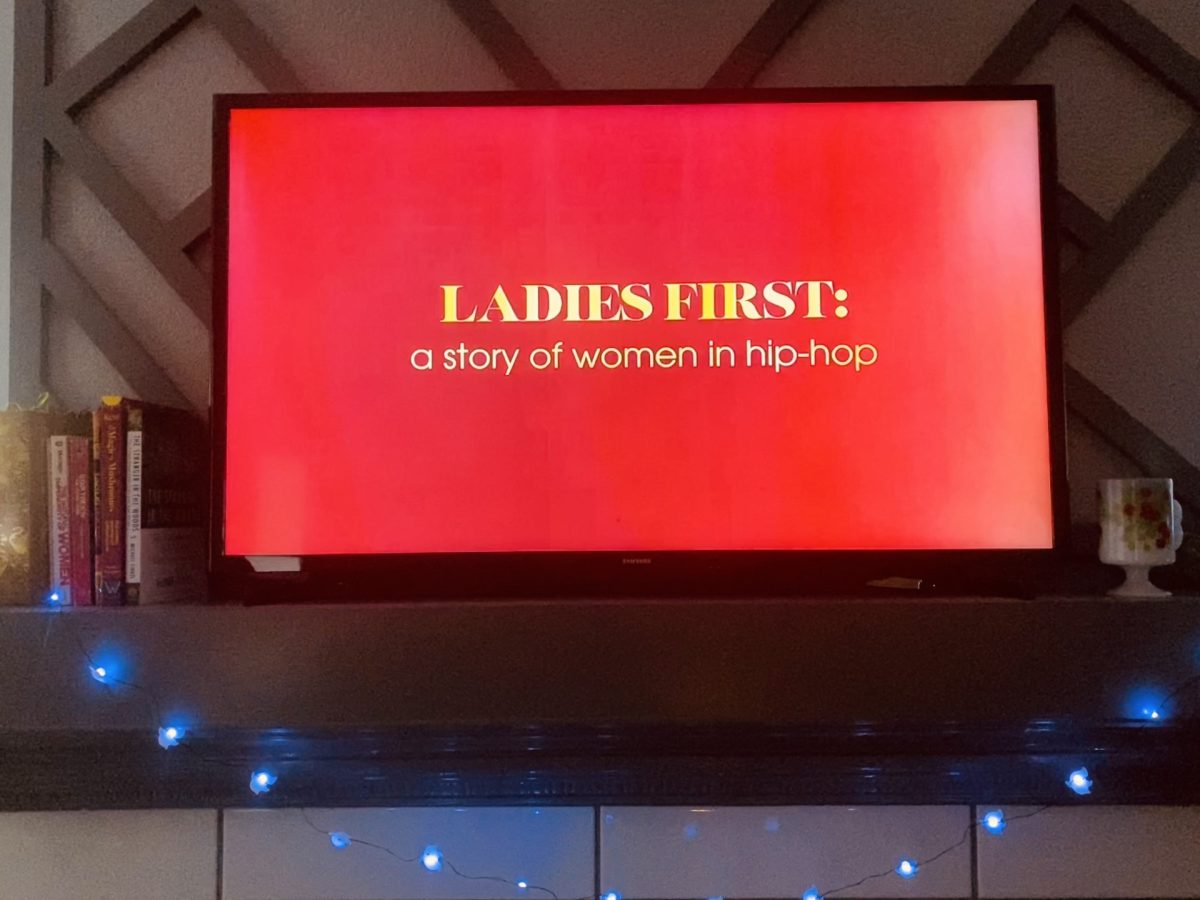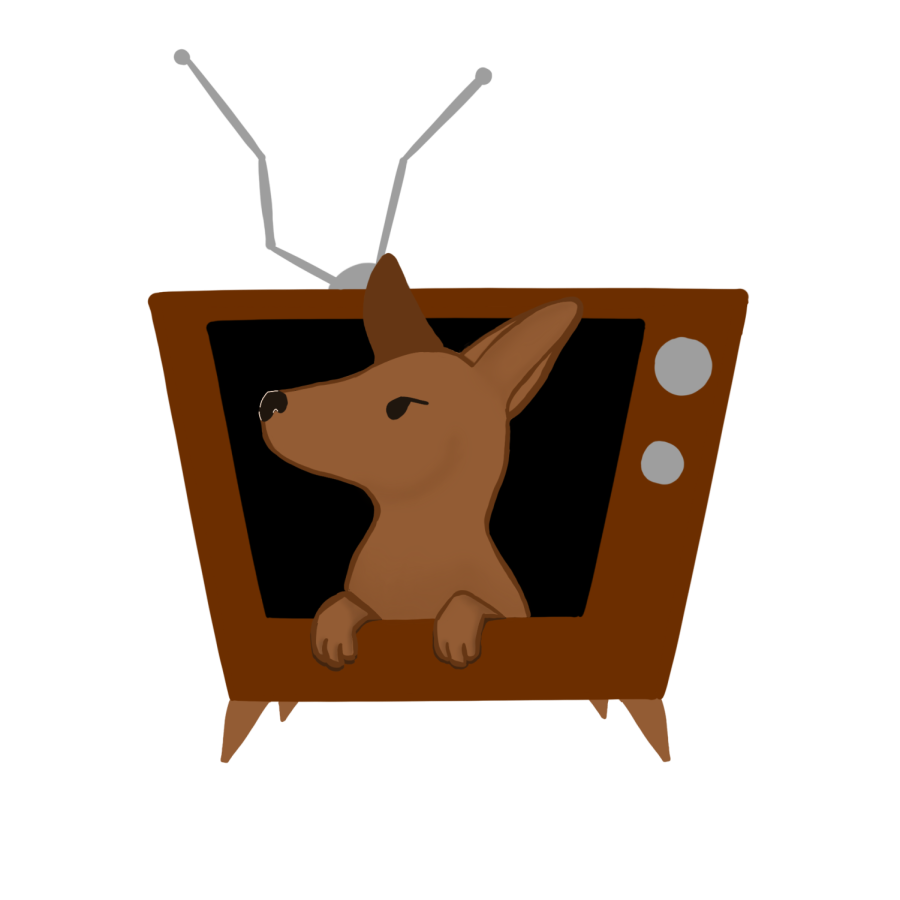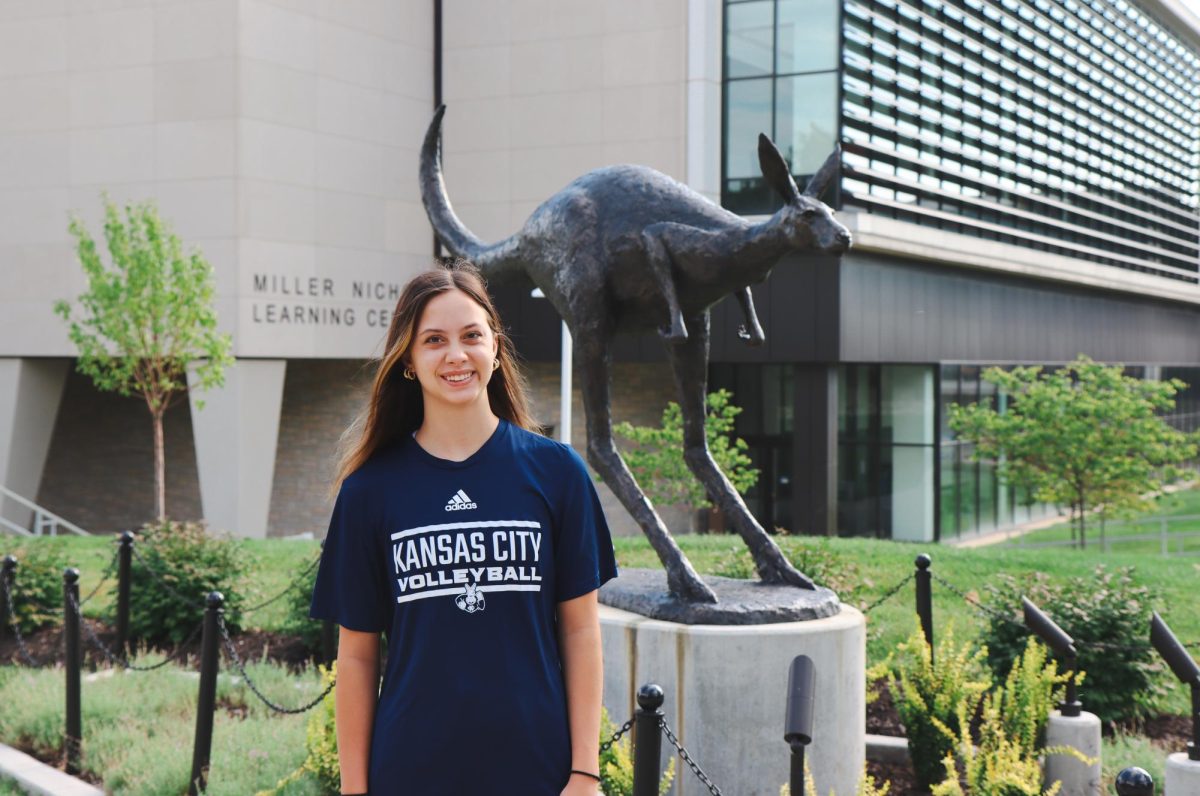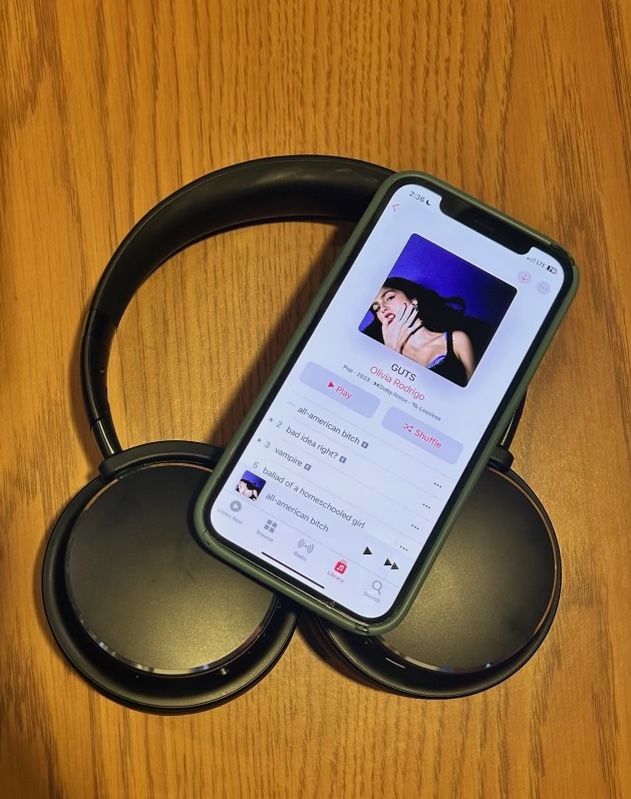Earlier this month, the Shutz Lecture Series hosted an event titled “Re-Envisioning Native American Identities in Visual Art and Literature,” which featured various Native American artists and guest speakers.
Guest speaker Gregg Deal is a Native American artist known for his pop culture-inspired pieces. Much of his inspiration comes from his interest in comic books and punk rock music, which he blends with his traditional Paiute culture and language.
“We’re trying to articulate ourselves in a language that people understand, while simultaneously figuring out where the hell we fit in,” Deal said.
Deal’s piece Yadooa Hookwu (I Will Speak Now) currently hangs at the UMKC Gallery of Art. The artwork is a powerful and vibrant image of a Native American wearing traditional clothing. The work showcases elements of American pop culture through color and style, as well as the infamous David Bowie lightning bolt on the face of the subject.
Another one of Deal’s pieces is a 77-foot-tall mural in downtown Colorado Springs, CO. The mural depicts a young Native American girl with a red handprint on her face, a halo on her head and a band t-shirt on. The halo is a gesture towards Renaissance-inspired art as well as a symbol of divinity to counter the stereotype of indigenous people being seen as “evil.”
“[My work] reimagined whether the natives in them are either winning the fight or standing strong, making a strong statement, which is very different than what has often been created or produced within the timeline of the 40s, 50s, and 60s,” Deal said.
Guest speaker Kate Morris, a professor of art history at Santa Clara University, touched on the power and freedom art can bring to Native American artists.
“Art is not only reflective of contemporary politics, but is for native artists an exercise of sovereignty, a visual manifestation of self-determination,” Morris said.
Lisa Tatonetti, another guest speaker, is a professor of English at Kansas State University. She focuses on queer indigenous literature as well as women in indigenous literature. Tatonetti paid tribute to many indigenous artists and novelists, one being Jolene Nenibah Yazzie.
Yazzie counters gender stereotypes in her artwork by featuring native women as warriors. In her comic book-inspired piece “Sisters of War,” the warrior women are wearing traditional Diné hats, which are typically masculine in nature.
“‘Sisters of War’ is a powerful visual representation, but I want you to know this isn’t new,” Tatonetti said.
Tatonetti described how Native American writers and artists have long been representing minority groups within their community.
“These artists use gender performance as a self-identified tool,” Tatonetti said. “They reclaim indigenous genders and remake the possibilities for indigenous futures to foster narratives in which nonbinary folks can survive and thrive.”
ysaht9@mail.umkc.edu


